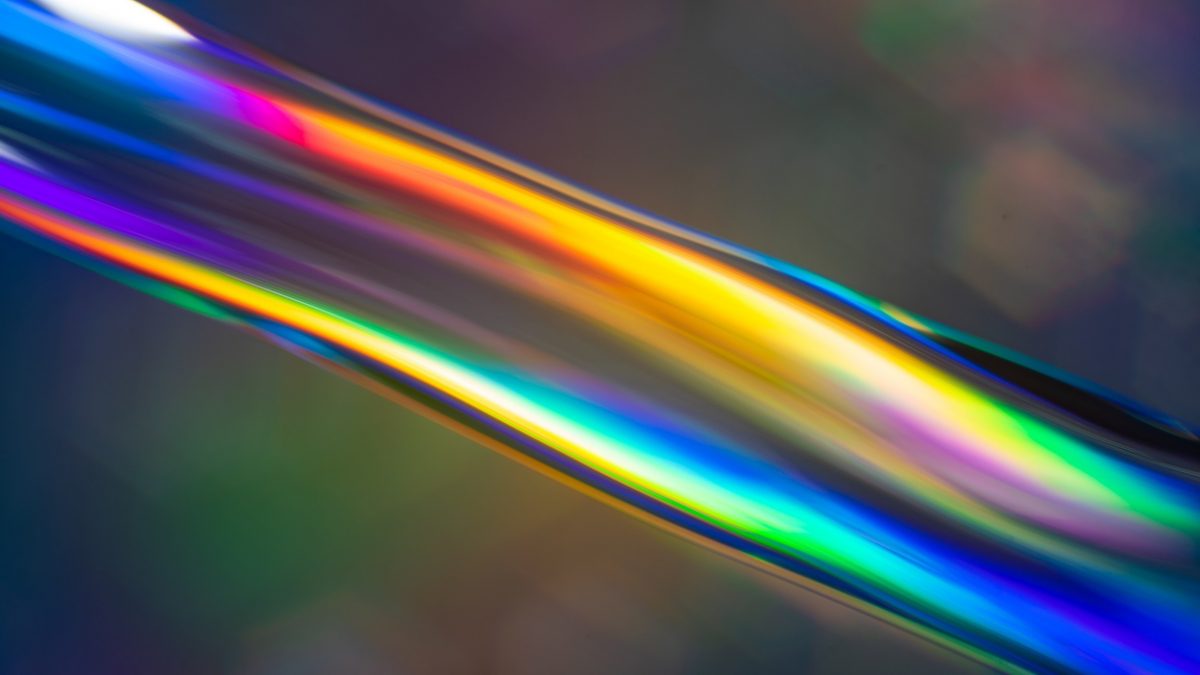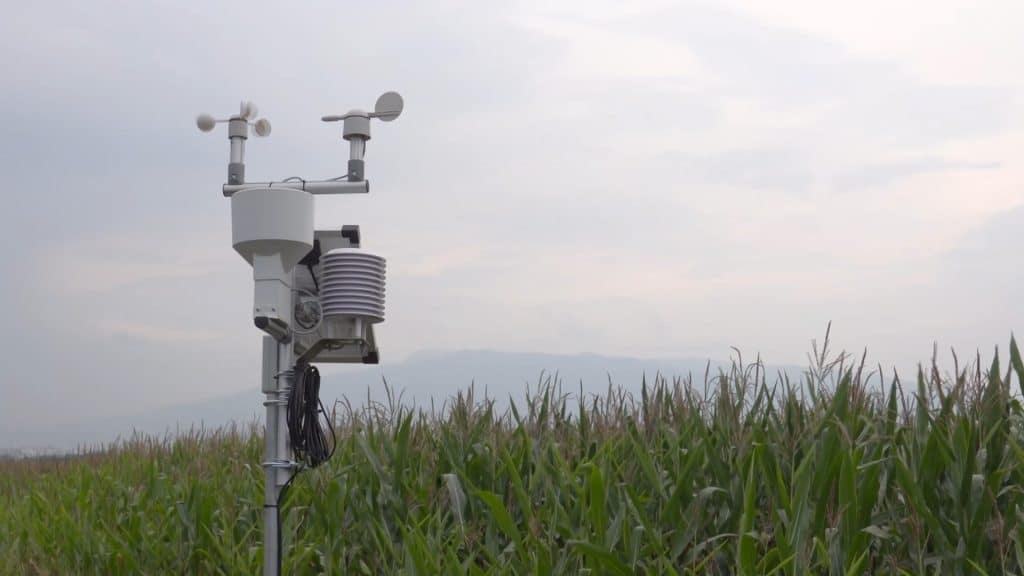Investing for a C-band Future
By Hazem Moakkit, Vice President of Spectrum Strategy, Intelsat
Intelsat’s Commitment to C-band in Asia
For over 40 years customers worldwide have relied on C-band fixed-satellite services (FSS) for connectivity essential to economic development and the public interest:
Media Broadcast – Distribution of news, sports, and entertainment television and radio content to consumers with unmatched quality and reliability.
Emergency Networks and Disaster Recovery – Emergency alert networks and near instant connectivity for first responders following natural disasters.
Cable Restoration – Restoration of cable cuts within hours, safeguarding national connectivity.
Societal Development and Government Infrastructure – Telehealth and broadband connectivity for remote and hard-to-reach communities improves lives and provides economic growth supporting GDP development. C-band’s resistance to weather-related interference makes it the spectrum of choice for weather tracking, air traffic control and pilot safety initiatives and national defense applications on land and sea.
Your Spectrum Policy Should Be as Unique as Your Region
Every region has unique requirements. Weather patterns, naturally occurring geographic barriers, economic development and infrastructure reliability are all unique factors that should inform regulatory decision-making when it comes to spectrum policy. Regulators should insist on a communications environment that is customized to the needs of their region.
For at least the past decade, Intelsat and other satellite operators have been urging regulators to protect C-band from encroachment by mobile network companies who want to use part of the spectrum to expand their services. Here are three reasons why Intelsat is reminding regulators of the role of C-band in your national communications environment:
- C-band spectrum is used by FSS networks effectively and efficiently
Satellite operators’ use of C-band frequencies is intensive and efficient. C-band satellites around the world use the same spectrum allocation as other satellites, effectively reusing the same spectrum repeatedly across the orbital arc. Satellites’ can reach hundreds of millions of antennas simultaneously with a single transmission through point to multipoint communications. The result? Satellite services are considered one of the most efficient uses of spectrum.
Given the substantial costs of satellite facilities, both space station operators and customers have a strong incentive to maximize the content that can be carried on a satellite. Our satellite networks thus take advantage of the latest coding and compression technology to further maximize the intensity of spectrum use. - There is no technical substitute that matches the unique capabilities of C-band
C-band is the cornerstone of satellite solutions for equatorial regions due to its propagation characteristics and resistance to signal loss due to atmospheric conditions. Satellite frequency bands are not interchangeable – technical characteristics are different from band to band and not optimally substituted in most situations.
Fiber deployments are less economically viable in low-density regions. Assuming fiber can substitute for C-band services is naïve. In fact, C-band is essential in many of the most fibered regions of the world. Without satellite distribution, video and audio providers serving customers outside urban areas have no economical means to deliver the programming their customers enjoy. - Co-frequency sharing of C-band between FSS and terrestrial 5G operations is infeasible (see, e.g., ITU-R Reports M.2109, S.2199 and S.2368)
C-band’s characteristics make the technology quite sensitive to interference from wireless services. Large required protection distances around widely-dispersed C-band receive earth stations prevents terrestrial co-frequency use in most populated areas. Experience around the globe has shown the risks of co-frequency use: satellite signals are interrupted, and citizens lose access to programming and vital connectivity.
It is imperative to carefully review proposals for introduction of new terrestrial services in any part of the C-band downlink spectrum to ensure that ongoing and future FSS operations will be adequately protected. Promises from terrestrial proponents about their ability to operate without harming FSS networks are insufficient, and decisions must be based on rigorous technical analysis of interference issues based on the real-world characteristics of existing technology, not predictions that lack any empirical basis.
Investing in a Vibrant C-band Future
As the largest provider of C-band satellite services globally, Intelsat sees proof every day of the enduring role of C-band to provide essential connectivity. In 2019, we will launch Intelsat 39, our newest C-band satellite in Asia. Intelsat 39 will join 11 other Intelsat C-band satellites already serving the region, reconfirming our commitment to provide reliable communications in Asia and reaffirming Intelsat position as the global leader in satellite communications.
We will not compromise when it comes to continuing to provide highly reliable C-band services to our customers. We, our partners and customers have invested billions in space- and ground-based infrastructure to ensure our customers—the world’s wireless, media and mobility service providers—have access to the services and essential quality they need.
Creativity and Teamwork Solve Spectrum Challenges
Intelsat prides itself on being a stalwart defender of satellite spectrum rights. Year after year, Intelsat invests to maintain a global satellite network of over 50 satellites serving over 200 countries and territories globally. Let’s work together to ensure C-band satellite services are protected in your region for years to come.
For further information:
Contact Hazem






















